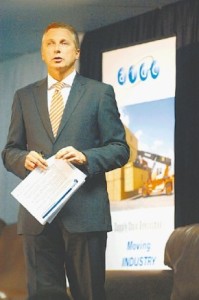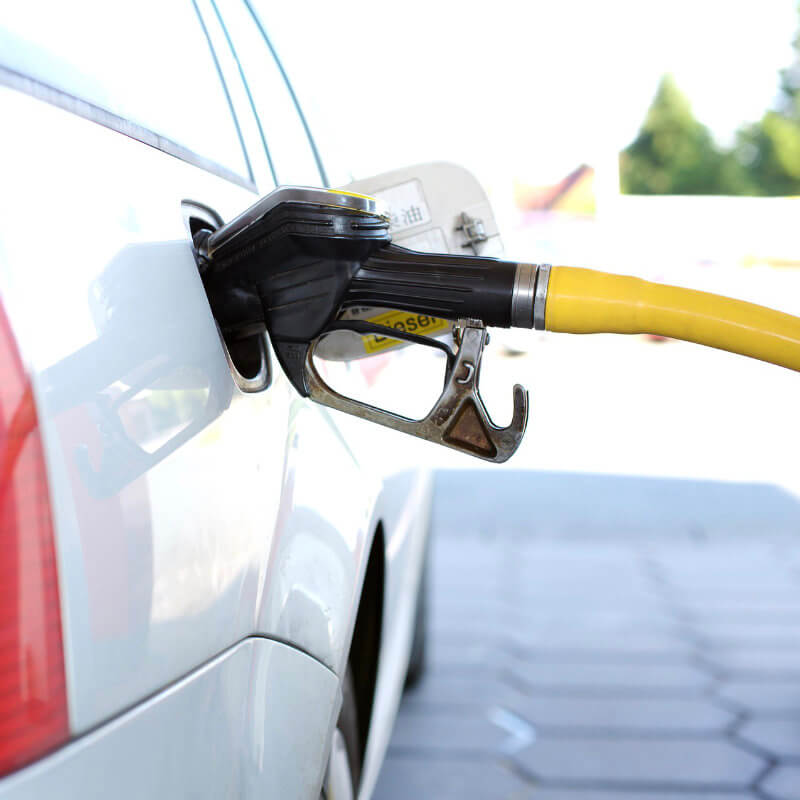‘Future of SA’s motor industry under threat’
THE “honeymoon period after the miraculous transformation” of South Africa is about to end – and to attract investment and survive the country’s motor industry must become world competitive within a very short period of time.
That was the “clear truth” delivered by National Association of Automobile Manufacturers (Naamsa) president David Powels to 350 delegates at an Automotive Week conference in Mandela Bay yesterday.
And the survival of the industry depended on efficiencies improving not only in the industry but in all sectors.
He said Transnet needed to cut its costs dramatically as its charges were up to 10 times more than in China. Ports there charged $80 (about R600) a 40-foot container, while local ports charged $821 (R6150).
Powels, the managing director of Volkswagen in Uitenhage, was also highly critical of government plans to impose “punitive penalties” on motorists whose vehicles did not comply with high- level emission standards. He was equally critical of local oil companies which said they could not provide the quality of fuel the low-emission engines required, describing it as a “disgraceful situation”.
Powels urged a review of the planned legislation and a change of attitude by the oil companies.
Commercial banks also came under fire for being too restrictive in their lending practices, and he called for them to review their policies.
Overall, Powels said, the motor industry needed help to survive and solutions had to be found in the next two years.
A combination of global over-supply, high costs, low productivity, a lack of certainty over government support and the collapse of the market were all threatening the future of the domestic industry.
“There must be a clear acknowledgement of the seriousness of the situation,” he warned.
South Africa had suffered a 47% drop in the local market from the peak of more than 600000 vehicles a year to 453000 now.
Exports had also dropped by 39%.
Powels said it was becoming increasingly difficult for locally based manufacturers to justify the continuation of operations in this country when the same vehicles could be imported from places like China or India at a lower overall cost.
“In the global context”, the South African market made up less than 1% of total vehicle sales.
But Powels was confident solutions could be found, and assured delegates – the majority of them senior executives in the local component, vehicle manufacturing and retail industries – that the industry was determined to survive.
“We haven’t given up,” he said, adding that “silver bullets” should be provided to help ensure survival.
These should include:
Average produced volumes per platform being increased to more than 50000 and ideally from 75000 to 100000 units
Local content levels increasing to 70%.
Supplier competitiveness improving at least to the levels of Western Europe in two to three years.
A major “industrialisation strategy” being adopted by the supplier industry, with government support.
Productivity improving dramatically from 20 cars per employee a year to 30.
“Massive investment” being made in training and skills development at all levels.
Meanwhile, in one major setback at the conference, senior union representative Irvin Jim cancelled his participation at the last minute.
Sourced via weekendpost.co.za








